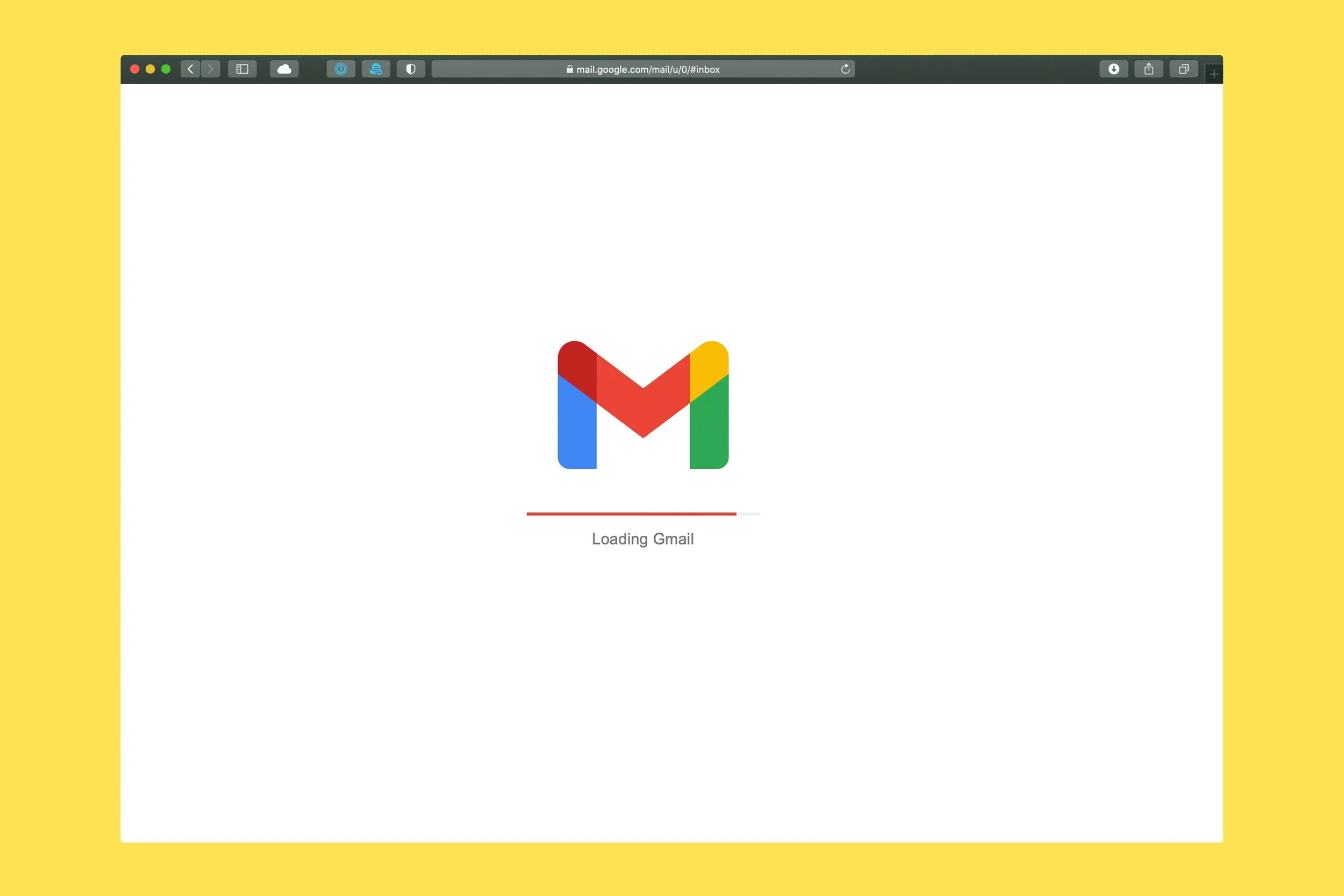How To Clean Up Your Email Subscriber List the Right Way
Happy new year! Now that this stressful first week back is over, it’s a perfect time to organize ourselves and get focused. One of the more important tasks to put on your To Do List is to clean up your email subscriber list, an oft-neglected but crucial part of your digital marketing toolkit.
Why clean up your list?
There a bunch of reasons to make cleaning up your list a priority:
Have you been wanting to increase your open rates, click-through rates, and conversion rates? Focus your email marketing efforts on the people who are actually engaged with you!
Save money on your email marketing software by having fewer (but higher quality) subscribers.
Do more to prevent email platforms like Gmail and Outlook from considering your emails to be spam. If your emails are going to subscribers who never open them at all, email platforms will look at that and say, hmm, these emails must not be high-quality enough for anyone to open.
Avoid irritating people on your list who don’t want to hear from you, but who haven’t bothered to unsubscribe yet!
The obvious things to do
Let’s get to cleaning. First, do the obvious: Clear your hard and soft bounces, meaning the email addresses that either don’t exist anymore or that aren’t able to receive your emails.
As Mailchimp helpfully explains, “a hard bounce indicates a permanent reason an email cannot be delivered,” and “soft bounces typically indicate a temporary delivery issue.” For most email marketing software, hard bounces will be automatically cleaned from your list, while soft bounces will be cleaned after several unsuccessful delivery attempts. Even if these email addresses are automatically removed, though, it’s a good idea to check on these addresses and note if many of the email addresses on your list are not working for any reason; it can indicate that your list REALLY needs to be cleaned up.
Next, go through your bounce list (unless it’s gigantic), and correct obvious typos. For example, someone might have typed their email as “subscriberdude@yaho.com,” instead of “yahoo.com.” A simple mistake like that can mean a lost subscriber, a lost sale, and unnecessary bounces!
And finally, go through your list (again, unless it’s gigantic) and correct duplicate entries. Most email software will de-dupe your list automatically, but it is far from perfect; double-check, and check again.
The not-so-obvious things to do
Your list is probably made up of a few types of subscribers: Very active folks who love everything you do, folks who are somewhat interested and open some or most of your emails, and folks who definitely aren’t engaging at all. Your email software will show you who falls into which category through reports, and on your subscriber profiles; segment out your least engaged subscribers and consider how you can re-engage them. Here are a few suggestions:
Send them a note asking if they still want to hear from you
Send them a poll asking what they’re actually interested in
Let them know that you’re removing them because they haven’t engaged, but if they do still want to be on your list they can reply and say so
The trick is to follow through and remove the un-engaged subscribers. It will feel weird to do this (why would you take people OFF your list?) but it actually can boost your brand; the goal of email marketing is to NOT be a spammer, and instead to send such interesting and valuable emails that people want to stay on your list!
Another good thing to do is to comb through your list and find obviously spammy or fake email addresses, and remove those too. Again, it might feel weird to delete emails from your list, since bigger numbers might make you feel good, but we’re going for quality, not quantity.
Kick it up another notch
Want to take your email list to the next level of awesome? We hope so!
First, focus on improving the deliverability of your emails, so you don’t do silly things that might land you in spam folders. Use our guide to the nitty-gritty rules and regulations you should be following, first, and then focus on improving your content and design with deliverability in mind. Here’s a handy guide from Hubspot; we especially like this rule of thumb: “If it sounds like something a used car salesman would say, it's probably a spam trigger word.”
Once all that’s done, make your emails more awesome in general with our tips!
This may seem like a lot of work, but if you do it right the end result is an email list that boosts your brand and builds your business. Isn’t that why you started doing email marketing in the first place?


